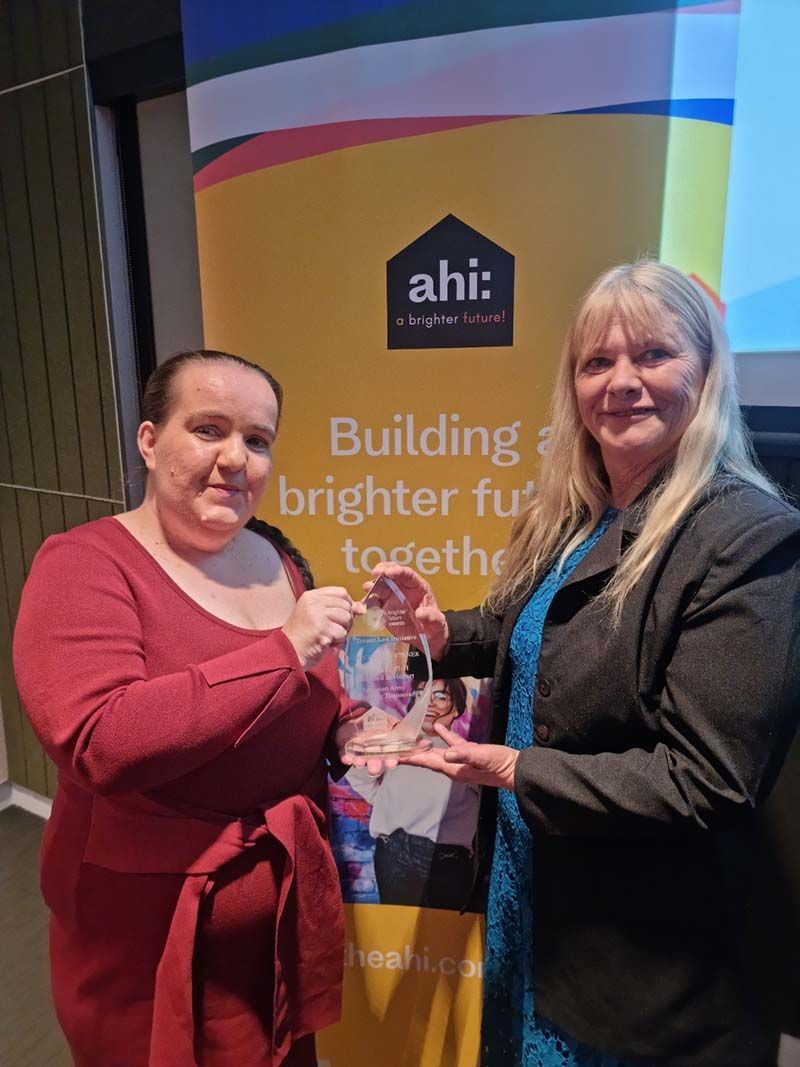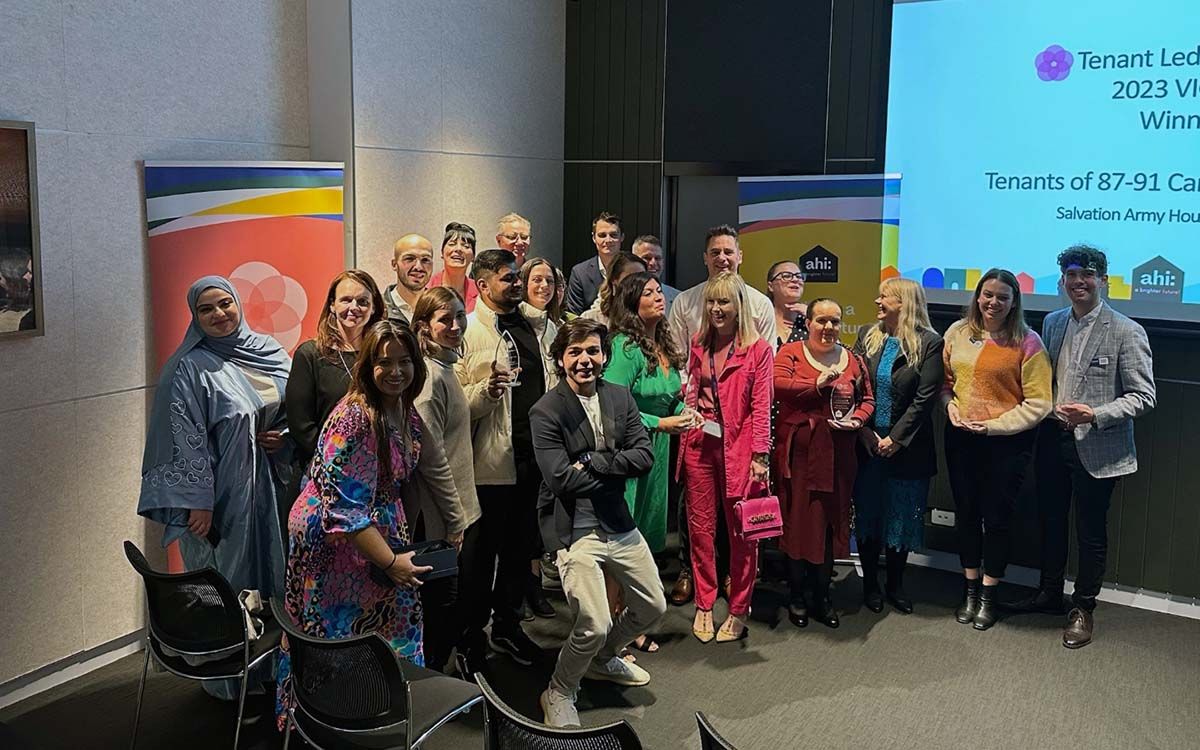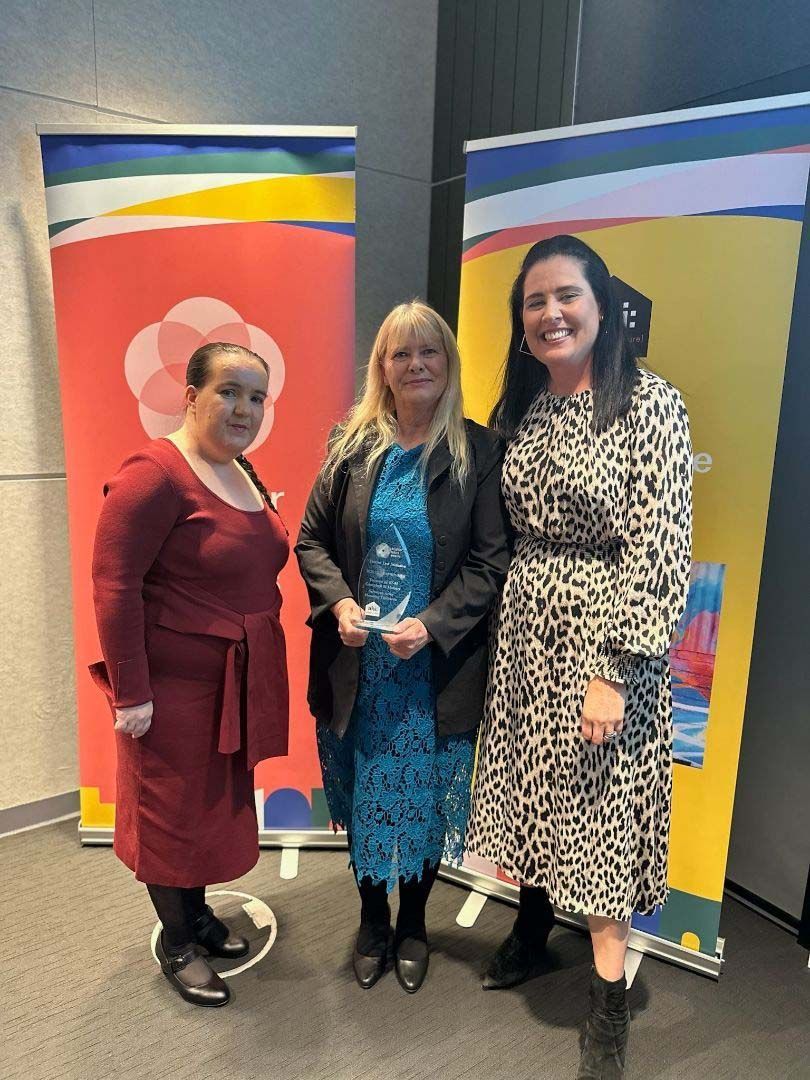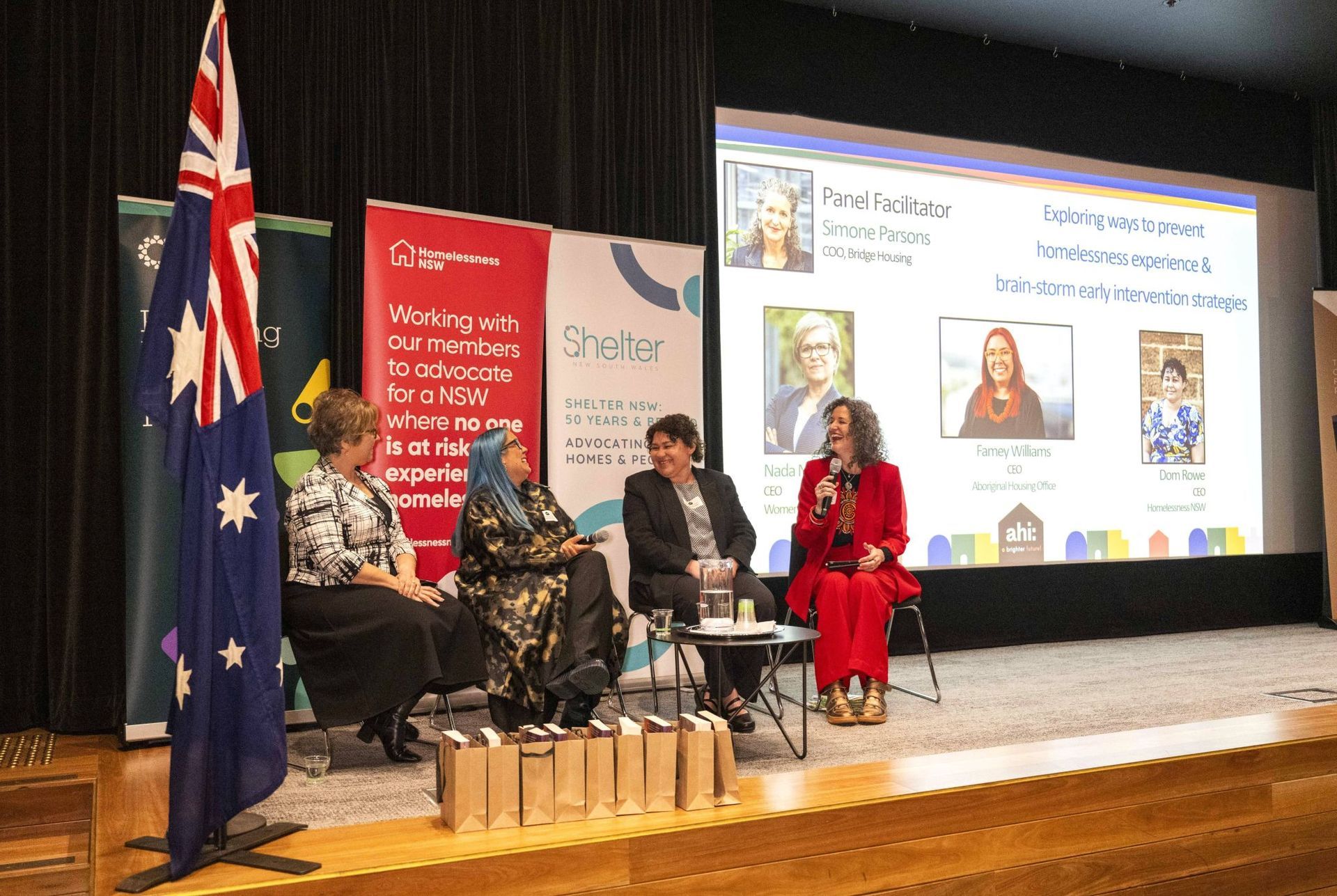Negotiations commenced to purchase a vending machine from its owner for NBaU’s use. Their $2,000 outlay saw a return on investment within four months — “much to the chagrin of its former owner,” admits Anthony.
“Basically, we were paying the original owner of [the machine] to have it,” Tracey adds. “And we thought, ‘Well, now that we have this tenant fund up and running, why don’t we own it?’ That way, we have the profits coming back into our funding and, that way, it's helping us more with what we need within the building.”
As the saying goes, mo’ money, mo’ problems. With the fundraising efforts of the committee having an impact, the prudential realities kicked in.
Given that Campbell Street is a resident community of people experiencing intergenerational poverty, as well as chronic mental and physical illness covering a range of disabilities, establishing a committee of management to oversee the use of the money was no small feat.
‘We’d started to get some money in place and it we thought, ‘What are we going to do with this?’, Tracey explains. “The idea came up about setting up a tenants’ account and making it all official. We had to have a chairperson, a secretary and a treasurer for it all to go through for the bank.”
Elected as the group’s inaugural Chair – and still going strong in the role at the time of writing this article – Tracey says that she and her fellow executive members have enjoyed the steep learning curve that’s come with leading their social enterprise. They’re also grateful for the help they’ve received from people like Anthony Fagan along the way.
“It was completely new to me, and I am still learning to this day,” she confides. “I didn't know really where to start, but luckily enough, Ant [Fagan] was a massive help. We’d do quick, one-on-one briefings ahead of meetings to discuss what we were going to put across in the meetings, and I'll still do that with the current staff now, just so I know where I'm at with everything. The committee, the staff and the tenants work as a team to make sure we’re all on the same page.”











